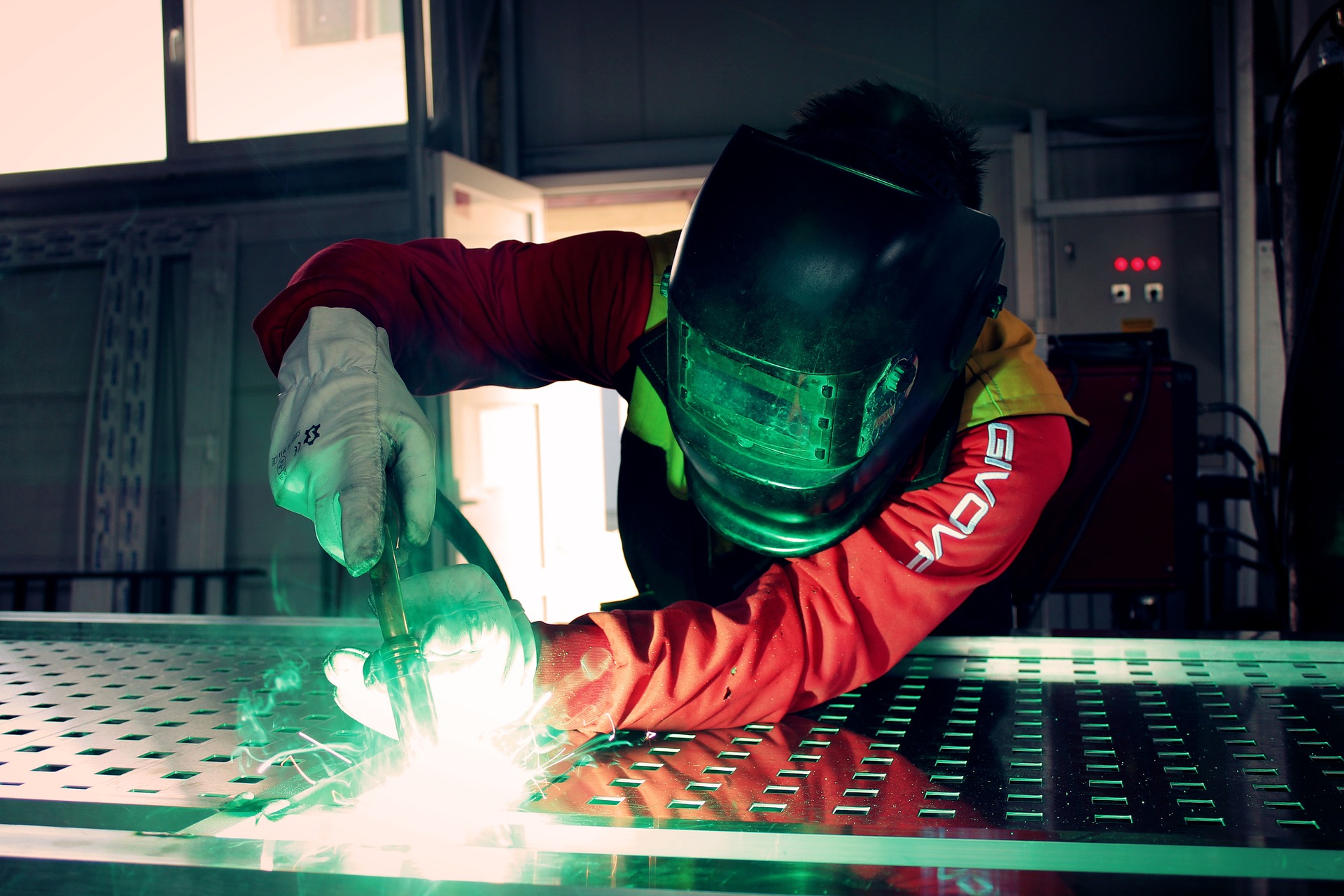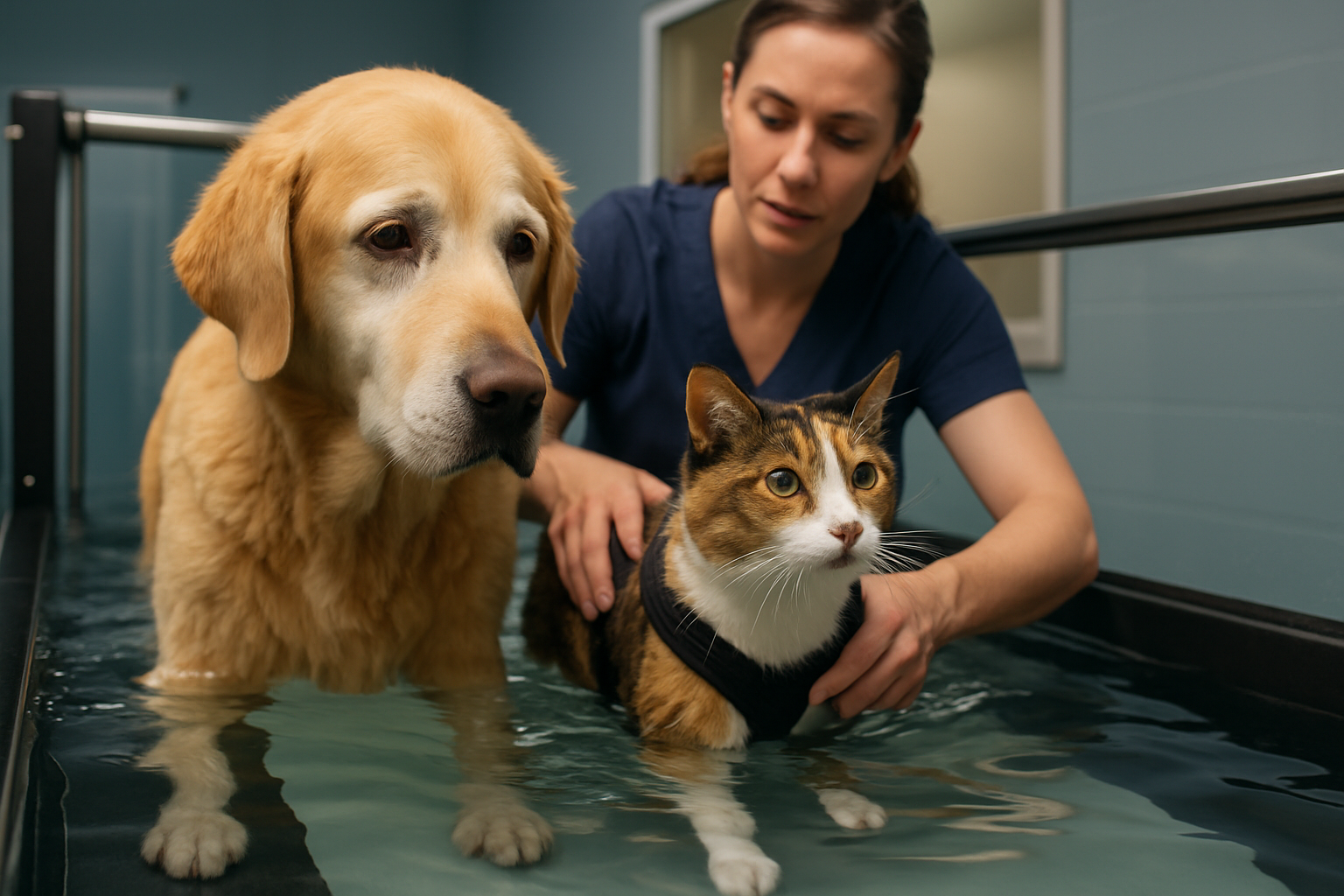Guide to Welding Career Opportunities Without Formal Qualifications
Exploring a career in welding can lead to various opportunities in fields that involve metal fabrication and assembly. Welding roles typically include tasks such as joining metal parts, following technical instructions, and ensuring that finished work meets quality standards. For those new to the field, practical training and structured programs are often available to help develop the necessary skills step by step. Understanding common responsibilities, tools, and techniques used in welding is important for building a strong foundation. As experience increases, individuals can take on more advanced tasks and work with different welding methods or materials. Learning about training options, gaining hands-on experience, and staying updated on industry practices can support both skill development and long-term growth in this profession.

What are the steps in the welder application process?
The journey to becoming a welder typically begins with the application process. First, research local welding companies, construction firms, or manufacturing plants that hire entry-level welders. Many employers prioritize practical skills over formal education, so highlight any relevant experience you may have, such as DIY projects or vocational training.
Next, prepare a resume that emphasizes your mechanical aptitude, attention to detail, and willingness to learn. Include any related skills, such as blueprint reading or knowledge of safety procedures. When applying, be prepared to take practical tests that assess your basic welding abilities and hand-eye coordination.
What training and learning paths are available for welding roles?
While formal qualifications aren’t always necessary, training is crucial for success in welding. Many aspiring welders start with apprenticeships, which combine on-the-job training with classroom instruction. These programs typically last 3-4 years and cover various welding techniques, safety practices, and related skills.
Alternatively, vocational schools and community colleges offer welding courses that can be completed in a shorter time frame. These programs provide hands-on experience with different welding processes and often include certifications that can boost your employability.
For those unable to commit to full-time education, online courses and tutorials can provide a foundation in welding theory. However, it’s essential to supplement this with practical experience, which can be gained through part-time work or volunteering on construction projects.
What are the typical tasks and responsibilities of welders?
Welders play a crucial role in various industries, from construction to manufacturing. Their primary responsibility is joining metal parts using heat and pressure. This involves interpreting blueprints, selecting appropriate welding equipment and materials, and ensuring the finished product meets quality standards.
Safety is paramount in welding, so welders must consistently follow safety protocols and wear protective gear. They’re also responsible for maintaining and adjusting welding equipment, preparing surfaces for welding, and inspecting completed welds for defects.
In addition to these technical tasks, welders often collaborate with other professionals, such as engineers and fabricators. Strong communication skills are essential for understanding project requirements and reporting on work progress.
What tools and techniques are commonly used in welding?
Welders employ a variety of tools and techniques depending on the specific job requirements. Common welding processes include:
-
Shielded Metal Arc Welding (SMAW): Also known as stick welding, this versatile method is often used in construction and repair work.
-
Gas Metal Arc Welding (GMAW): Commonly referred to as MIG welding, this technique is favored for its speed and ease of use in manufacturing settings.
-
Gas Tungsten Arc Welding (GTAW): Also called TIG welding, this precise method is ideal for thin materials and non-ferrous metals.
-
Flux-Cored Arc Welding (FCAW): Similar to MIG welding but using a special tubular wire filled with flux, this method is often used for outdoor projects.
Essential tools for welders include welding machines, electrodes, filler metals, cutting torches, and various hand tools like grinders and chipping hammers. Personal protective equipment (PPE) such as welding helmets, gloves, and flame-resistant clothing is also crucial.
What opportunities exist for career advancement in welding?
The welding profession offers numerous paths for career growth. As you gain experience and develop specialized skills, you can progress to roles such as:
-
Welding Inspector: Responsible for ensuring welds meet quality and safety standards.
-
Welding Supervisor: Oversees welding operations and manages teams of welders.
-
Welding Engineer: Designs welding processes and develops new welding technologies.
-
Specialized Welder: Focuses on high-demand areas like underwater welding or aerospace welding.
Continuous learning and obtaining additional certifications can significantly enhance your career prospects. Many welders also transition into related fields such as metallurgy, quality control, or welding education.
Welding offers a rewarding career path for those willing to invest time in skill development and hands-on experience. While formal qualifications can be beneficial, many successful welders have built their careers through practical training and on-the-job learning. By understanding the application process, pursuing relevant training, mastering essential tools and techniques, and staying open to advancement opportunities, you can forge a successful career in this vital trade.




